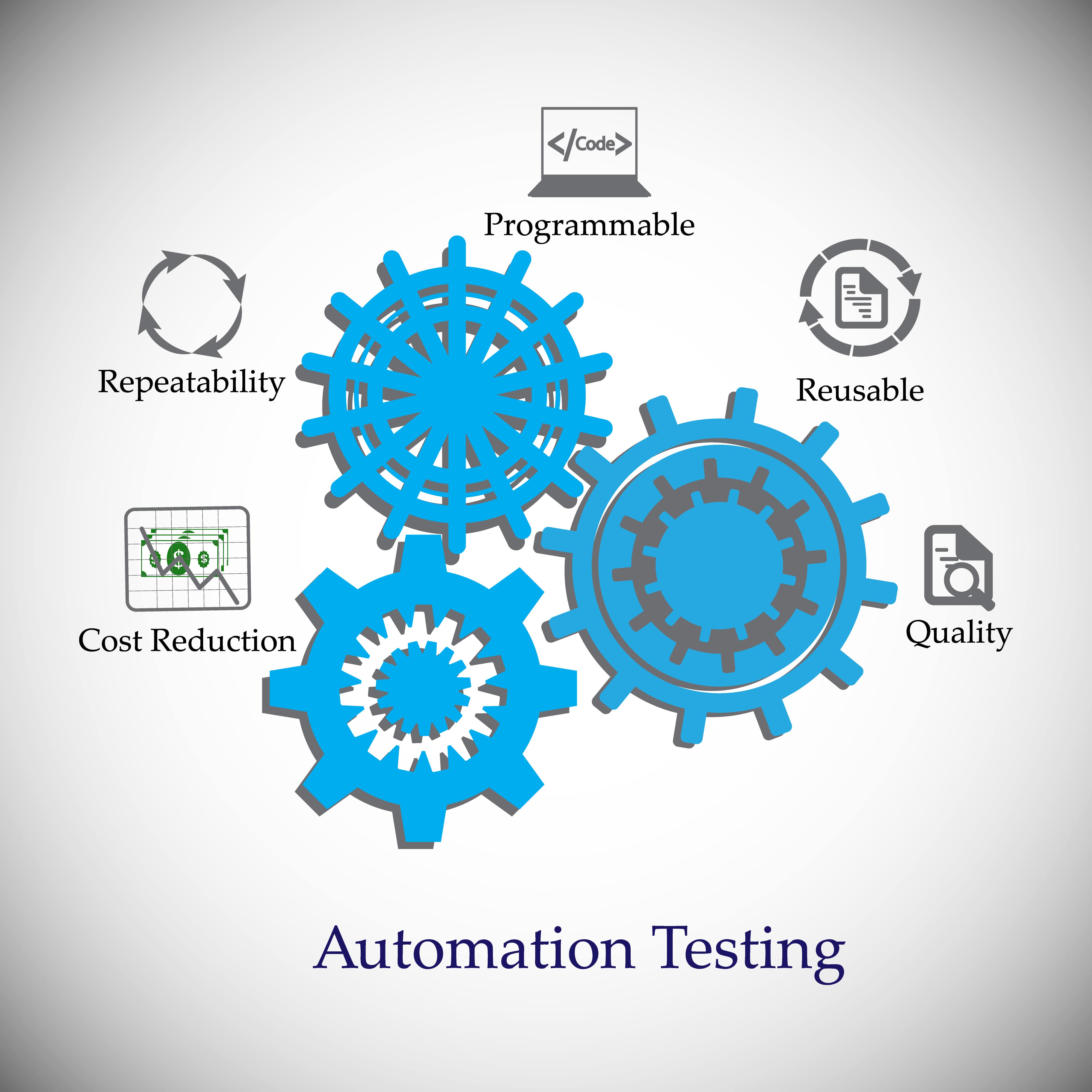Effective Automation Testing: Enhancing Software Program Integrity and Speed
Effective Automation Testing: Enhancing Software Program Integrity and Speed
Blog Article
Guaranteeing Success in Automation Examining: Key Metrics, Difficulties, and Solutions Every QA Group Ought To Know
In the realm of software quality guarantee, the landscape of automation screening is ever-evolving, demanding a careful strategy to make certain smooth procedures. The journey to mastering automation testing is paved with subtleties that need an eager eye for tracking, analysis, and continuous improvement. As the industry pushes forward, the quest for optimal efficiency in automation testing stays a constant pursuit, prompting QA teams to equip themselves with the knowledge and approaches essential for triumph.
Relevance of Secret Metrics
Comprehending the significance of essential metrics is essential for assessing the efficiency and efficiency of automation testing procedures. Trick metrics act as quantifiable measures that provide beneficial insights right into different facets of the testing process, such as examination insurance coverage, test implementation time, defect density, and test situation efficiency. By evaluating these metrics, QA teams can recognize bottlenecks, inadequacies, and areas for enhancement within their automation testing structure.
One crucial element of crucial metrics is their capacity to track progression and keep track of the general wellness of the screening procedure (automation testing). They enable stakeholders to make informed decisions based on data-driven insights, which can result in a lot more effective screening approaches and far better source allocation. Additionally, essential metrics can aid groups established realistic goals, determine the success of automation efforts, and demonstrate the ROI of automation screening initiatives

Common Obstacles Dealt With
Obstacles frequently experienced in automation screening processes can substantially impact the overall effectiveness and efficiency of QA teams. One of the major difficulties is the option of the right test cases for automation. Not all test cases appropriate for automation, and selecting the incorrect ones can bring about wasted time and resources. In addition, maintaining test scripts can be a challenging job, specifically as the application undergoes frequent modifications. Examination manuscript maintenance calls for constant updates and modifications to guarantee they reflect the present functionality precisely. An additional common difficulty is the initial financial investment needed for establishing up automation structures and devices. This can be an obstacle for some companies, especially smaller sized ones with minimal budget plans. Automation screening may not cover all aspects of screening, such as functionality and individual experience screening, which still need manual treatment. Getting rid of these challenges calls for appropriate preparation, critical test instance choice, durable maintenance procedures, sufficient sources, and a clear understanding of the restrictions of automation screening.
Reliable Solutions for Obstacles
To address the obstacles experienced in automation testing, carrying out effective services is necessary for boosting the performance and productivity of QA teams. One vital remedy is to purchase robust training programs for QA groups to ensure they have the necessary abilities to successfully use automation tools. Training can bridge expertise voids, enhance understanding of automation structures, and enhance scripting capabilities, ultimately leading to a lot more reliable examination development and execution.
Another vital service is to develop clear communication channels within the QA team and with other stakeholders, such as designers and project supervisors. Efficient communication assists in lining up assumptions, view it now sharing progress updates, and quickly resolving issues or roadblocks that may emerge during the automation testing procedure.
Monitoring and Analysis Methods
Executing efficient surveillance and evaluation strategies is vital for guaranteeing the success and efficiency of automation testing processes. By using tracking devices, QA groups can track the efficiency of examination scripts, recognize traffic jams, and pinpoint locations for enhancement. Real-time monitoring enables quick detection of concerns, allowing fast action and resolution. Additionally, assessing examination outcomes and metrics gives beneficial insights right into the high quality of the software being checked and the effectiveness of the testing strategy.
One key technique in tracking and evaluation is using control panels that combine pertinent metrics and KPIs in an aesthetically easily accessible style. These dashboards use an extensive overview of test implementation status, test protection, flaw trends, and various other critical details. Frequently reviewing and assessing these dashboards can assist QA teams make educated decisions, prioritize tasks, and optimize testing initiatives.
Additionally, implementing automated notifies and alerts based on predefined thresholds can improve aggressive tracking and timely intervention. By establishing informs for performance deviations or test failings, teams can address issues immediately and avoid them from intensifying. Generally, tracking and analysis strategies play an essential function in ensuring the performance and success of automation screening efforts.
Continual Improvement Methods
Enhancing the efficiency of automation testing processes necessitates the consistent improvement of methods and approaches. One crucial strategy to boosting automation testing processes is to perform normal reviews and retrospectives.

Verdict
In final thought, it is critical for QA teams to comprehend the key metrics, obstacles, and options in automation testing to ensure success. By very carefully monitoring and analyzing data, applying efficient remedies to typical challenges, and continuously enhancing methods, QA teams can optimize their testing find out this here procedures and deliver high-grade software. Sticking to these methods will inevitably cause much more efficient and efficient automation testing practices.
By assessing these metrics, QA groups can recognize bottlenecks, inefficiencies, and locations for enhancement within their automation screening structure.
In addition, crucial metrics can aid groups established realistic goals, measure the success of automation campaigns, and demonstrate the ROI of automation screening initiatives.
Obstacles generally experienced in automation testing procedures can significantly impact the general performance and effectiveness of QA groups. Automation screening might not cover all aspects of testing, such as functionality and individual experience screening, which still need hand-operated treatment.In conclusion, it is important for QA groups to recognize the crucial metrics, challenges, and options in automation testing to guarantee success.
Report this page